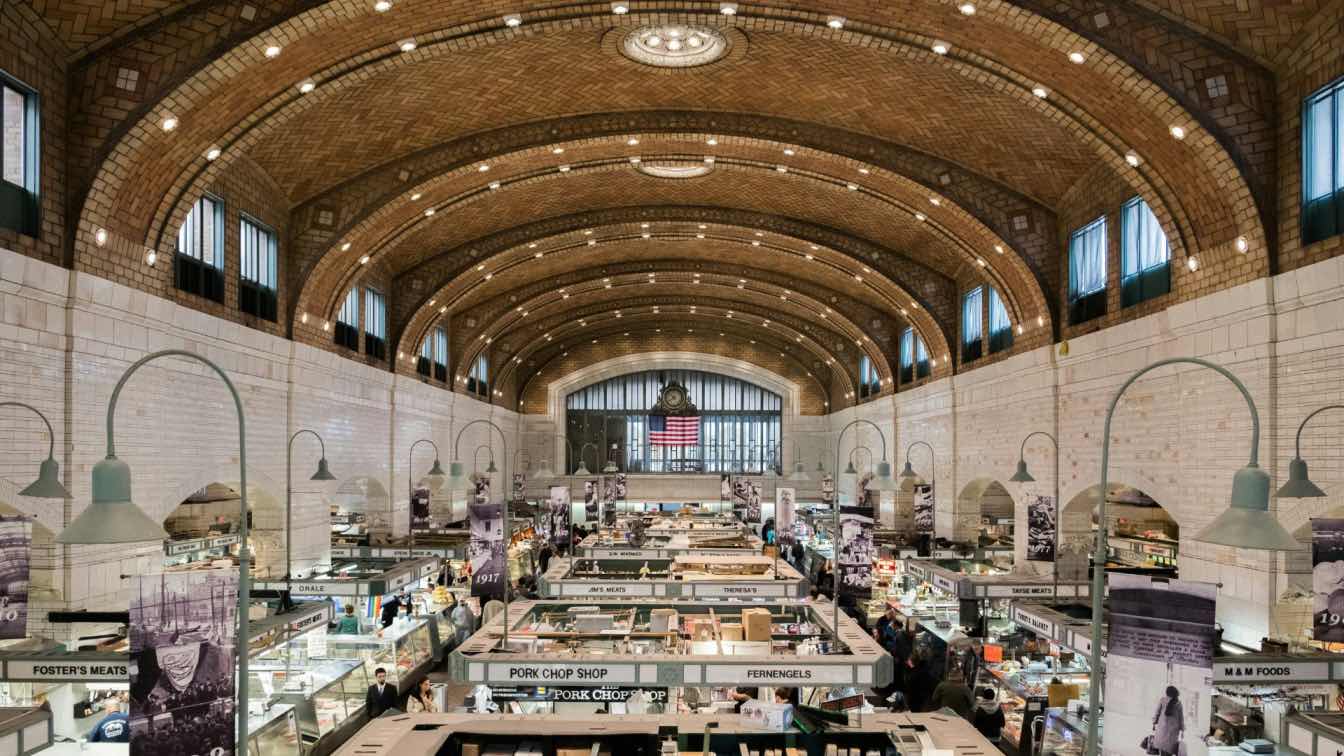Counter Counter Architecture (CCA) represents an innovative approach in designing and analyzing systems, primarily focusing on enhancing security measures and reducing vulnerabilities. It operates by employing a set of defensive strategies to anticipate and mitigate potential attacks before they occur. This makes it a critical consideration for anyone involved in cybersecurity or system design.
At its core, CCA involves the systematic evaluation of possible threats and the implementation of proactive measures. These measures can include both software and hardware modifications designed to create multiple layers of defense. By doing so, systems become more resilient against a wide array of attacks, from hacking attempts to malware intrusions.
The increasing complexity of modern digital environments necessitates advanced architectural strategies like CCA. Organizations looking to safeguard their data and infrastructure can benefit from the proactive nature of this architectural method.
Core Principles of Counter Counter Architecture
Counter Counter Architecture aims to optimize the structural and aesthetic features of buildings through specific guiding principles. Its design philosophy and structural elements are crucial for achieving efficiency and resilience.
Design Philosophy
The design philosophy of Counter Counter Architecture places a premium on sustainability and efficiency. It integrates eco-friendly materials and processes, reducing the overall environmental impact.
Additionally, this philosophy advocates for adaptive reuse, where existing structures are repurposed rather than demolished. The focus is also on minimizing energy consumption through passive design strategies.
Light optimization plays a big role, ensuring natural light maximizes utility while reducing the need for artificial lighting. These thoughtful approaches create spaces that are not only functional but also visually harmonious.
Structural Elements
The structural elements of Counter Counter Architecture emphasize the utilization of durable materials like steel. Steel is favored for its high strength-to-weight ratio, which provides resilience and flexibility in design.
Modular construction techniques are often employed, allowing for easier assembly and disassembly of building components. This modularity enhances the building's adaptability for future changes or expansions.
Attention to load distribution ensures the building's stability and longevity, mitigating risks associated with structural failures. Advanced engineering methods are used to conduct stress tests and simulations, ensuring the highest standards of safety. These elements work in unison to create robust and durable structures.
Applications
Counter Counter Architecture finds its utility in various domains, including public institutions, private residences, and commercial projects.
Public and Institutional Buildings
Public and institutional buildings benefit significantly from Counter Counter Architecture. These designs often emphasize sustainability and energy efficiency. In schools, libraries, and government buildings, Counter Counter Architecture can enhance functionality and aesthetic appeal. The focus is on creating environments that support community engagement and efficient operations.
Private Residences and Commercial Projects
In private residences, Counter Counter Architecture is utilized for its ability to blend modern design with practicality. Homeowners in Connecticut appreciate this approach for its capacity to maximize limited spaces and integrate eco-friendly materials. Commercial projects, such as office buildings and retail spaces, leverage these designs to create welcoming environments that boost productivity and customer satisfaction.
Connecticut Metal Buildings
Connecticut metal buildings also benefit from Counter Counter Architecture. These structures often require robust designs that can withstand harsh weather conditions while being cost-effective. By incorporating Counter Counter principles, these metal buildings achieve enhanced durability and thermal efficiency.
Assessment and Future Projections
Current innovations and trends in architecture are leading to notable advancements in material technology and sustainability. These developments are reshaping the landscape, focusing on both modern aesthetics and ecological responsibility.
Current Trends in Architecture
The latest architectural trends emphasize minimalistic designs and the integration of smart technologies. Architects are adopting open floor plans and using materials such as concrete and glass to create seamless indoor-outdoor transitions. Steel structures are increasingly popular due to their durability and flexibility.
Advancements in Material Technology
Material technology is experiencing significant strides, particularly with innovations in lightweight steel and composites. These materials offer enhanced strength and durability, making construction more efficient and resilient. Self-healing materials and transparent aluminum are also gaining attention.
Sustainability Perspectives
Sustainability in architecture now focuses on renewable resources and energy efficiency. The use of sustainable materials such as recycled steel and bamboo is on the rise.
Architects are designing buildings with features like solar panels, green roofs, and rainwater harvesting systems to minimize the environmental impact.





